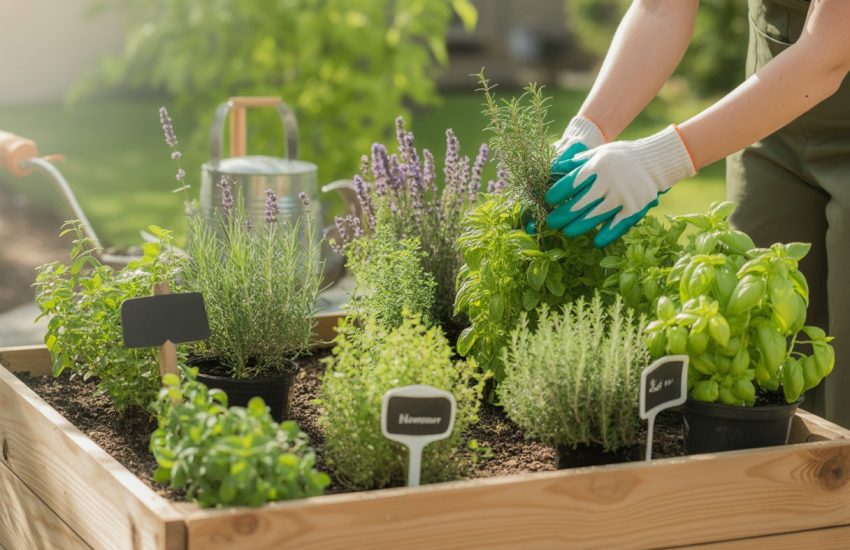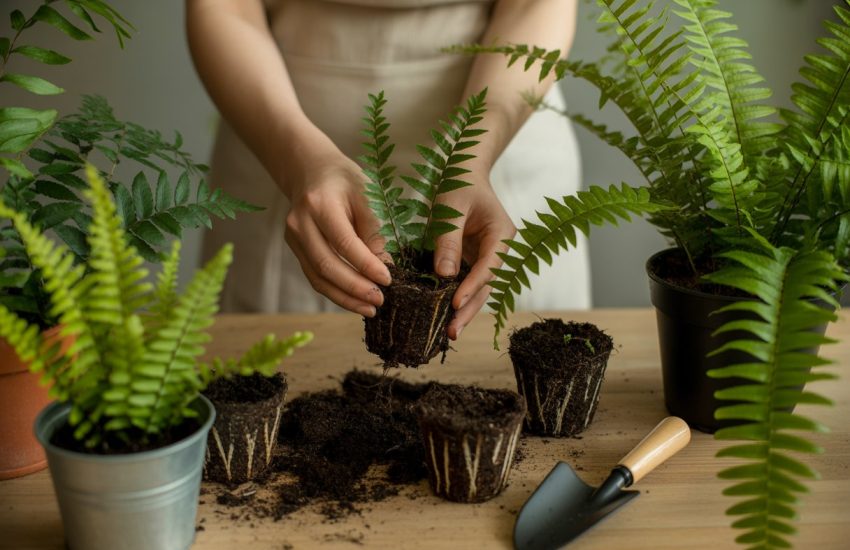Gardening For Beginners: 6 Useful Tips
Each of us dreams of a beautiful, green garden. But the circumstances of life, lack of time, and lack of skills do not allow our dreams to come true. A green square with ornamental and fruit-bearing plants pleases the eye and provides its fruits and berries throughout the warm season. To keep a garden plot, you will need the ability to properly plan, plant, grow and care for green plants all year round.
Think about what you want. Do you want to grow flowers, vegetables, herbs, or a little bit of everything? Will you be growing plants in containers or a large border? Whatever kind of green space you want, it’s always worth having a plan. It will not only save you time but also money when you go to the garden center. We offer several top tips for gardeners to help them succeed.
Gardening Tips For Beginners
So, would you like to fully immerse yourself in the world of gardening? Daily contact with plants is one of the best experiences you can have. However, getting started can often be a little tricky. Our top tips for beginners will help you to create your dream garden easily.
Choose the best garden tools
At a minimum, you’ll need a shovel and trowel-they’re essential for creating garden borders and planting. Also, in almost any circumstance, you can’t do without overalls and a garden wheelbarrow if your garden is larger than a couple of square meters. If you have a hedge/topiary, you will need scissors, and if you grow roses or any other type of shrub that will need pruning, you will need pruning shears.
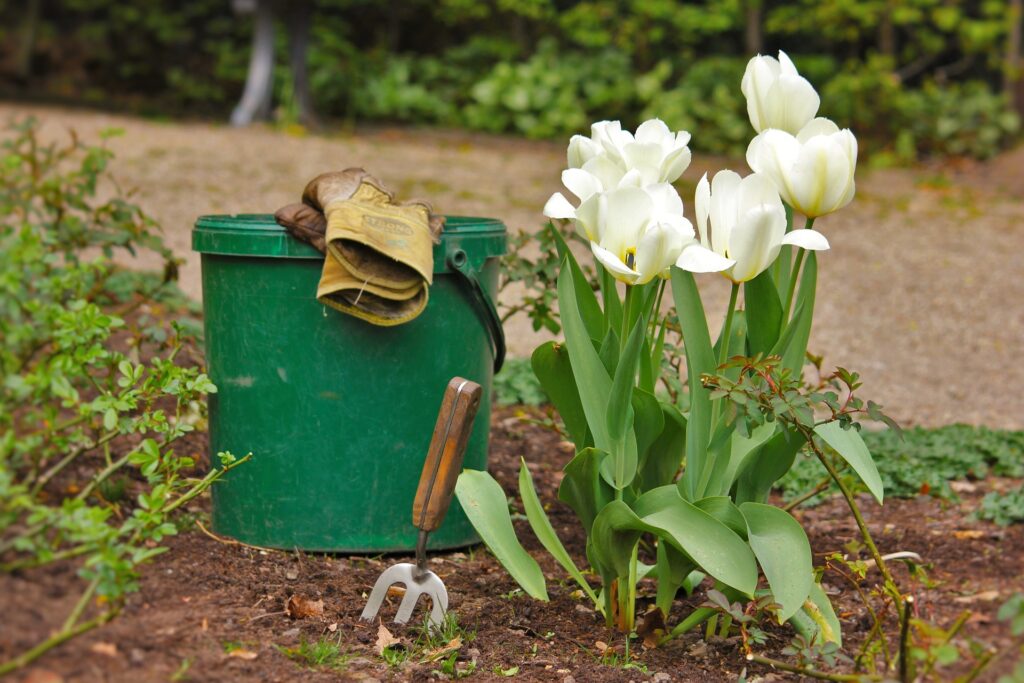
Decide what to plant
This decision is easier than it looks. If you get everything properly, you won’t need to spend extra time taking care of the plants. If you are a beginner gardener start planting plants in small amounts. Some people get too carried away and plant a lot of plants they don’t need.
First, think about how many vegetables your family needs. Keep in mind that plants like tomatoes, peppers, and zucchini are throughout the season, so you don’t need to plant too many. Other crops like carrots, radishes, and corn only produce fruit once.
Determine how much space you need
Once you’ve decided what to plant, think about how much space you’re willing to dedicate to it. For beginners, you don’t need a lot of space. If you decide to grow vegetables in containers, you won’t need a plot of land either.
Remember, for plants to feel good – they need to be given more space. Don’t produce dense plantings and remove weeds to get the most out of the plants.
Also like to read: Flower Gardening for Beginners
Choose the perfect location
Take a look at your space. Do you get a lot of sunlight or is your lot in shade most of the day? Use the compass on your phone to determine which way your green space is facing. If it’s to the north, it’s not a good place for vegetables. If you like ferns and hostas, a shady spot would be ideal.
Our top tip is to always be mindful of how much sun your garden or individual borders get, and go to the garden center with that in mind. When buying plants, check the labels: some like the sun, and some like shady places. If no information is available, generally keep in mind that the vast majority of flowering plants, as well as fruits and vegetables, should be in full sun, although some tolerate penumbra.
That doesn’t mean you can’t grow flowers if your garden isn’t south-facing: enough sun for half a day in an east- or west-facing garden is fine, too. If you have a north-facing garden, choose the best shade-loving plants.
Fertilizer and care
Every plant responds positively to regular watering and fertilizing. Try to provide regular watering when the soil is no deeper than 2.5 cm.
For climbing plants (peas, beans, cucumbers), provide supports or nets on which they can weave. Don’t forget about weeds. They rob your plants of water and nutrients. A good layer of straw or compost mulch will slow weed growth and provide moisture retention.
Fertilization is an essential aspect. Some gardeners believe that only organic fertilizers should be used. However, most gardeners, do not disdain the products of the chemical industry. The most important thing is to follow the instructions and not to apply too much, it will only reduce the yield.
Watering your plants: How to do it right
Nothing is more important than watering your plants regularly and properly. Your plants’ labels tell you how much water they Even if you don’t mulch or fertilize, always water your plants correctly and at regular intervals. If you periodically pour too much water on the plants, it will cause them to become stressed and develop diseases. It is also important to water around the roots of the plants, avoiding the leaves and stems. What is the best time to water your plants? Early in the morning or late in the evening. You need to be especially vigilant during extreme weather, such as heat.
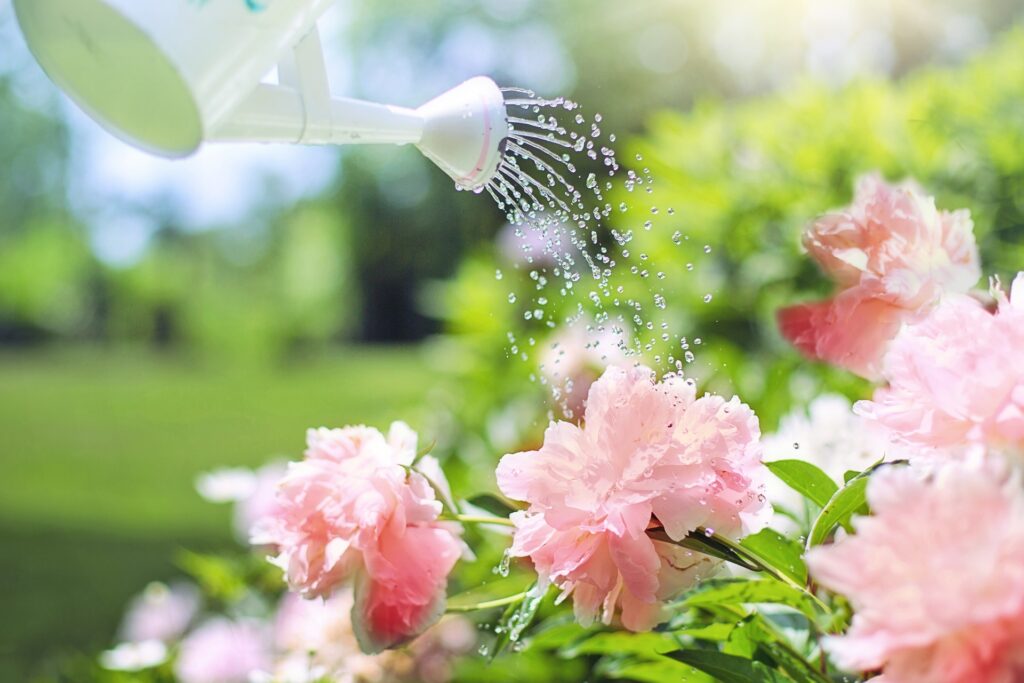
Easy-to-Grow Plants For Beginners
Planting decent-sized shrubs are usually easy as long as you follow the directions on the label. Also, choosing plants that are native will make life easier. Tropical plants look classy and modern, but won’t grow well in cooler climates. Otherwise, choose low-maintenance plants that can (practically) take care of themselves.
Looking for flowering plants? If you have plenty of sun in your garden, sunflowers, poppies, nigella, and pansies will be easy to grow, even for a beginner.
Our advice: If you want to raise flowering plants from seed, sow most of them after the danger of frost has passed. This means that you will get later flowers. If you want flowers in early summer, you need to grow seedlings in containers indoors, planting them in the ground from May.
Gardening for beginners can involve creating a vegetable garden from scratch. Does that sound daunting? The truth is, some vegetables are perfectly capable of being grown by a beginner. Radishes are extremely easy – you just sow them right where they’re supposed to grow (after the frost has passed) and harvest them in a month. Peas are also a simple crop, requiring support (bamboo canes or regular wooden slats will do), and they produce more pods the more often you pick them. Tomatoes are also very easy and great to grow in containers. Just feed them regularly (every week) with a tomato feeder. If you are a beginner, avoid cabbage, broccoli, and eggplant – they are difficult to grow and prone to pests.
We also recommend trying the following easy-to-grow crops:
Potatoes
Easy to grow and highly productive. Potatoes are divided into three groups: first early varieties, second early varieties, and main crop. First, early varieties are new potatoes that are great for beginners because they are less susceptible to disease and pest attacks and are ready to harvest early. Plant them in a large container, or even in an old compost bag with holes in the bottom, and then enjoy finding golden treasures in June and July.
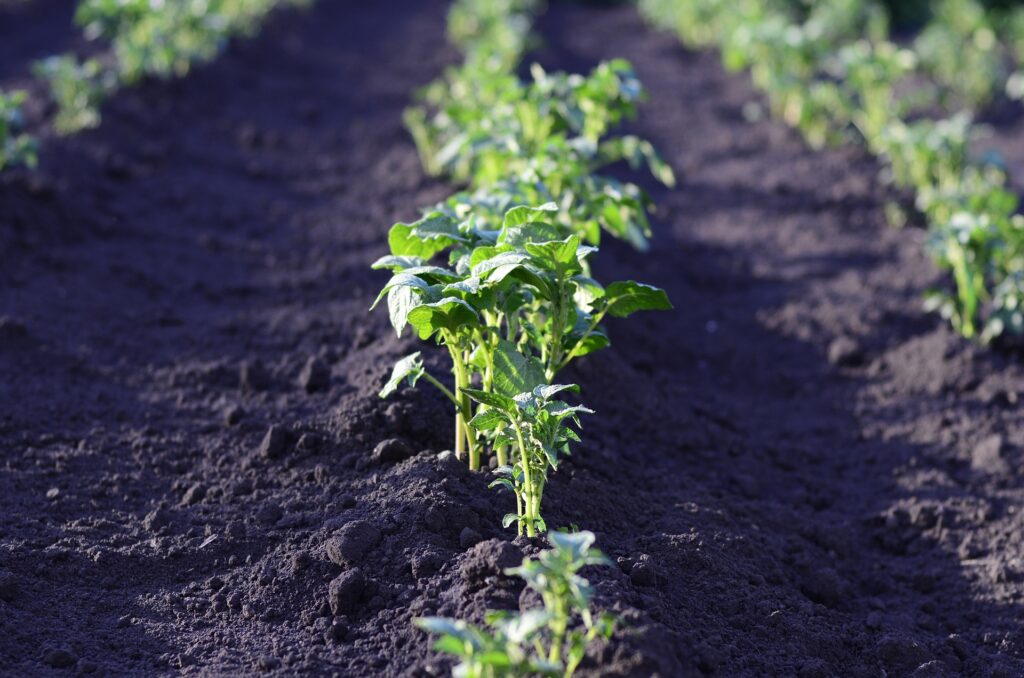
Lettuce Leaves
Lettuce leaves can be grown on a windowsill most of the year if you have some heat and light. Grow them in a seedling tray or use vegetable and fruit containers for sowing. Try “Cut and Return” varieties where you can pick and grow fresh leaves all the time. Spicy varieties give salads an extraordinary flavor.
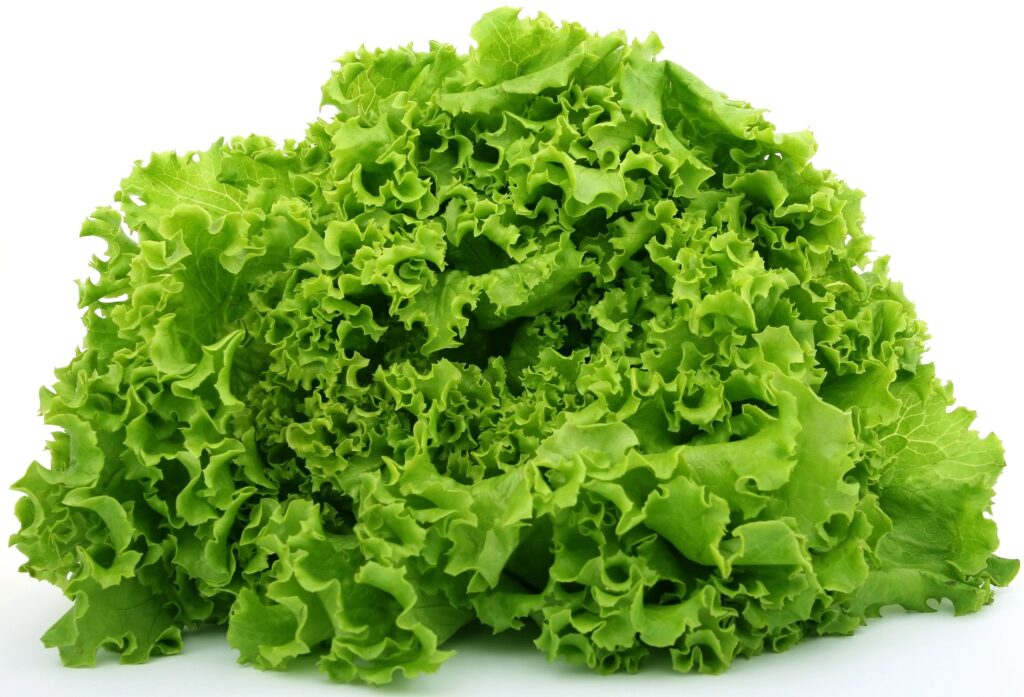
Sugar Sprouts
Every garden should have a place for some kind of pea. Sugar snap peas are an ideal vegetable for beginners because they take up little space, are very easy to grow, and most kids just love eating them fresh from the pod. Plant them in early summer and support them so they can climb up.
“Container” gardening is a great way to start growing plants on a small patio or to grow hardy species that are not too hardy and can then be overwintered in a greenhouse or lightroom. One of the easiest container plants to grow is the pelargonium – these plants are low maintenance and only need sun. However, you will have to water containers more often than indoor plants, because in pots the soil dries out faster.
Do not forget that plants need drainage. If you have to plant in a pot without a drainage hole, line the bottom with gravel to prevent stagnant water in the soil.
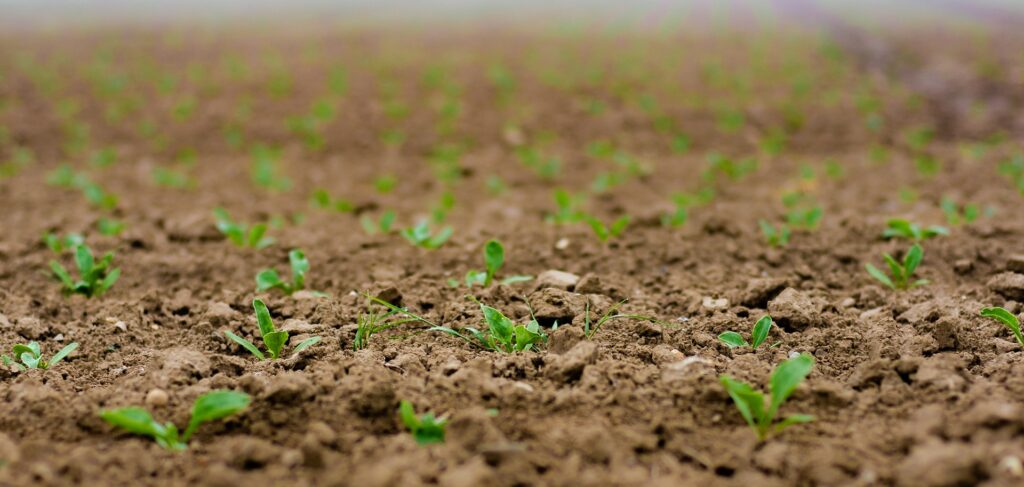
Conclusion
If you have a small garden – or none at all – that doesn’t mean you can’t start gardening. You can plant everything from fruits and vegetables to perennials and annuals in window boxes, from casual to more formal displays. And, of course, they’re not limited to small spaces. Start simple – Sure, you’d like to start your garden by planting your favorite vegetable crops, but it’s often wise to start simple. If you start with more demanding crops right away, there’s a good chance that you won’t get the results you want, and you’ll soon lose your enthusiasm and enthusiasm for new achievements.
When you are planning a garden, it is very important to determine how much time you will have for gardening. If the answer is “an hour a week” and you have a small plot, that may be enough time to keep it tidy. However, if the answer is “rarely,” it’s best to choose plants and herbs that don’t require much maintenance.
Harvesting is what gardening is all about. So feel free to reap the fruits of your labor. Remember that some vegetables can be harvested several times a season. Keep in mind the mentioned tips to have your dream garden.
FAQs
How big should your garden be?
A vegetable garden can be small or large. However, the space that is allocated for vegetables must be appropriate to the needs. Good planning, good care, and plenty of fertilizer and water make it possible to get a large harvest even in a small area. The fact that the vegetable garden is close to home also provides convenience.
On what soil should vegetables grow?
The soil should be soft, water-retaining, and nutrient-rich. An area with a flat or slightly sloping surface is considered good for vegetable gardening. However, if the slope is steep, terracing is required.
Sandy soils are ideal for early sowing because they warm up quickly in spring. However, for them the harvest time is short and yields are low. Moisture capacity is increased by adding large amounts of manure.
Clay soils are very rich in nutrients, but they are heavy and difficult to work on while yielding an abundant and high-quality crop. The soil is loosened by adding a small number of sheep or poultry manure mixture.
The best soils for vegetables are loose, humus-rich, sandy, and clay-mixed soils.
How to make beds?
When making beds, you can choose from several options at once. For beginners, traditional beds will be optimal, but you can experiment and make tall, vertical, or container beds.
The easiest option is a rectangular bed. You can, of course, make shaped beds, but it is more difficult to dig over and take care of them. Optimal is the width of seedbeds 60-90 cm, and the length can be laid almost any. In the first few seasons, while you gain experience, use conventional beds, slightly above the ground. Then you can go to high beds – up to 40-50 cm in height. They warm up faster in spring and cool down later in autumn, and the yields are higher on average.

